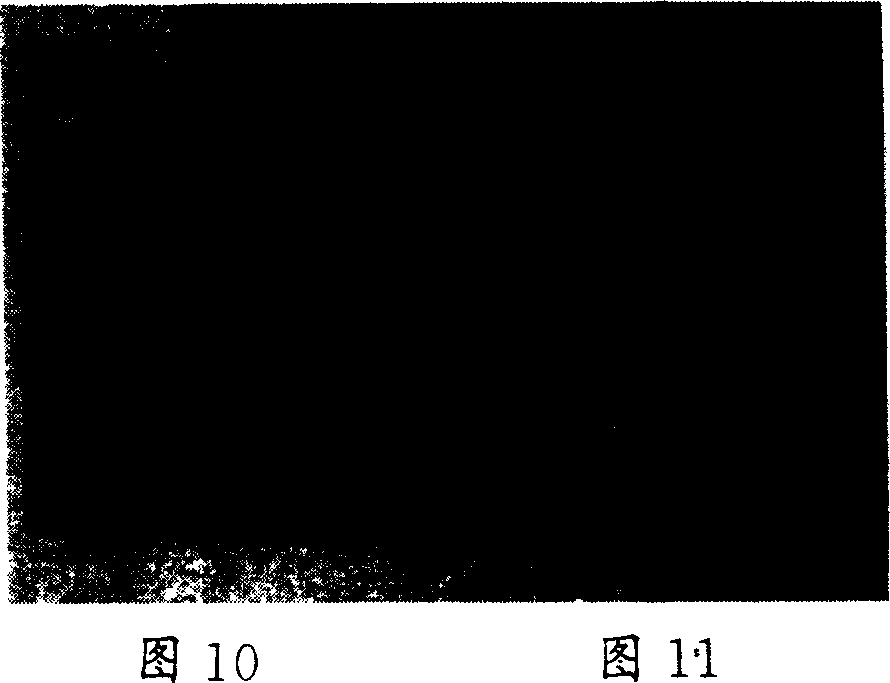Solvent for high-temperature melting heat-resistant aluminium alloy
A technology for high-temperature smelting and aluminum alloys, which is applied in the field of flux used in high-temperature smelting of heat-resistant aluminum alloys. It can solve problems such as loss of air isolation, melt composition and quality effects, and achieve low vapor pressure, strong chemical stability and thermal stability. Sexuality, the effect of preventing inhalation
- Summary
- Abstract
- Description
- Claims
- Application Information
AI Technical Summary
Problems solved by technology
Method used
Image
Examples
Embodiment Construction
[0020] 8009 alloy Al-8.5%Fe-1.3%V-1.7%Si (wt%) is used. Melt the alloy in a carbon-silicon rod furnace, first melt the alloy at 900°C, then pour it into three crucibles of the same size, cover the surface with the prepared flux according to 3% of the weight of the alloy, and then put the crucible containing the alloy Cool in a carbon-silicon rod furnace at 1200°C for 1 hour. There are two cooling methods, one is to take out the crucible for natural cooling, and the other is to put the crucible and melt into water for forced cooling.
[0021] Take out the cooled small ingot, take macroscopic photography first, observe the difference between the surface and the surrounding of the ingot; then cut it sharply from the center of the ingot, in order to preserve the original condition of the sample, without polishing the sample, take a direct photographic comparison.
[0022] figure 1 , Figure 2, and Figure 3 show that no flux is added, and 2 # and 3 # After the flux was kept at 1...
PUM
 Login to View More
Login to View More Abstract
Description
Claims
Application Information
 Login to View More
Login to View More - R&D
- Intellectual Property
- Life Sciences
- Materials
- Tech Scout
- Unparalleled Data Quality
- Higher Quality Content
- 60% Fewer Hallucinations
Browse by: Latest US Patents, China's latest patents, Technical Efficacy Thesaurus, Application Domain, Technology Topic, Popular Technical Reports.
© 2025 PatSnap. All rights reserved.Legal|Privacy policy|Modern Slavery Act Transparency Statement|Sitemap|About US| Contact US: help@patsnap.com



